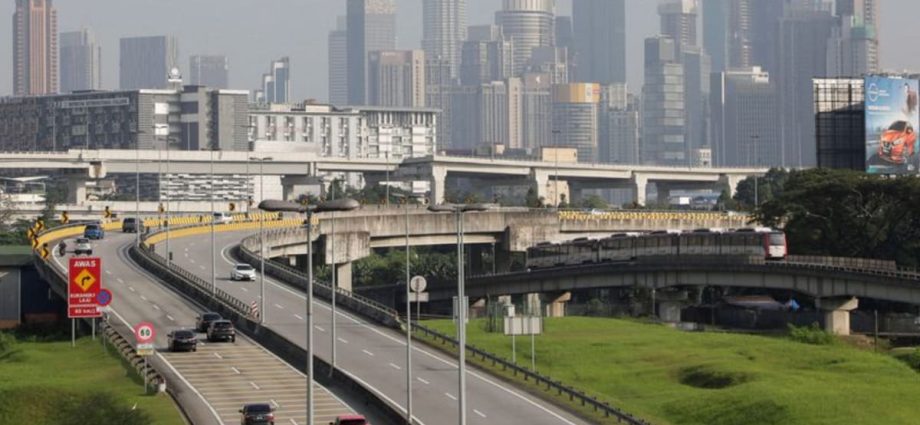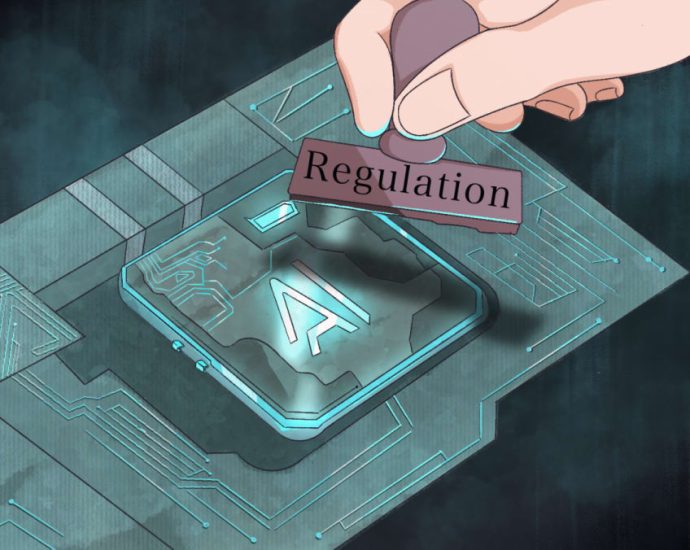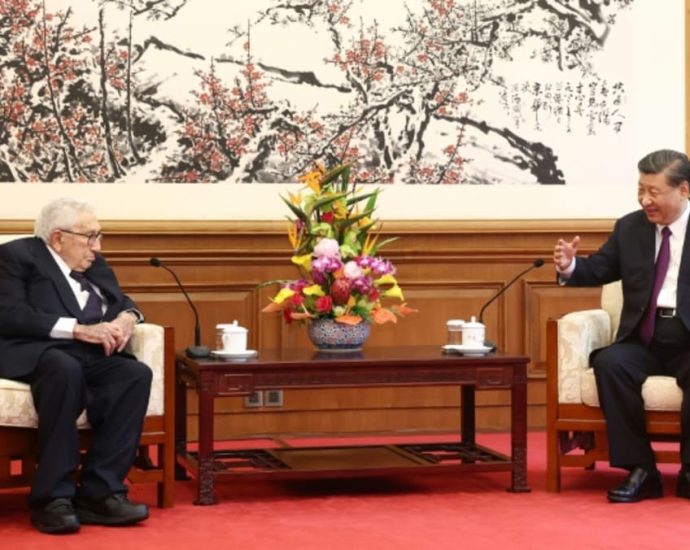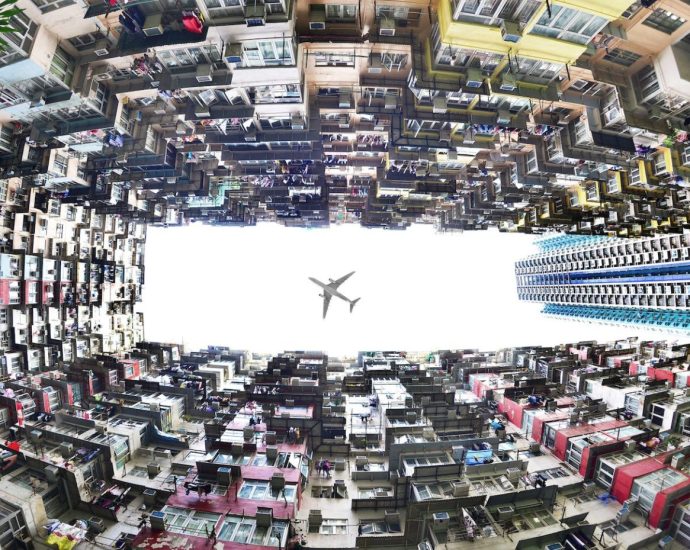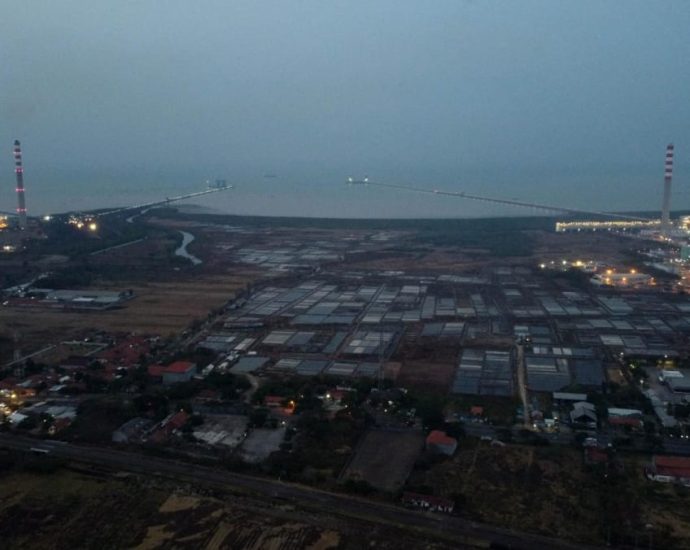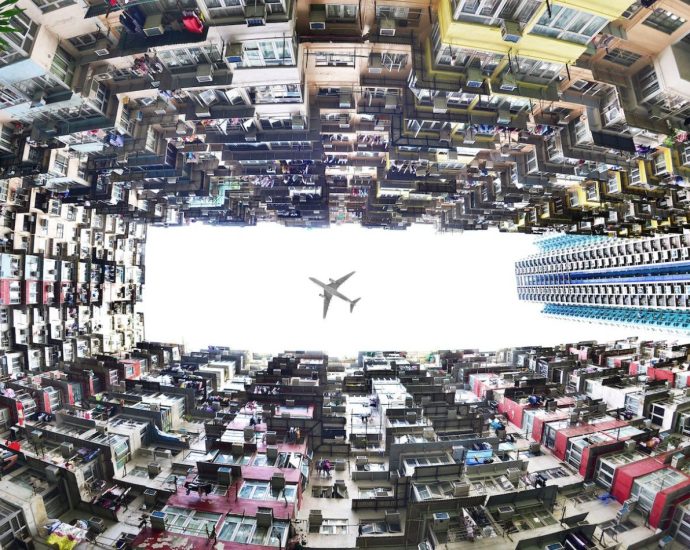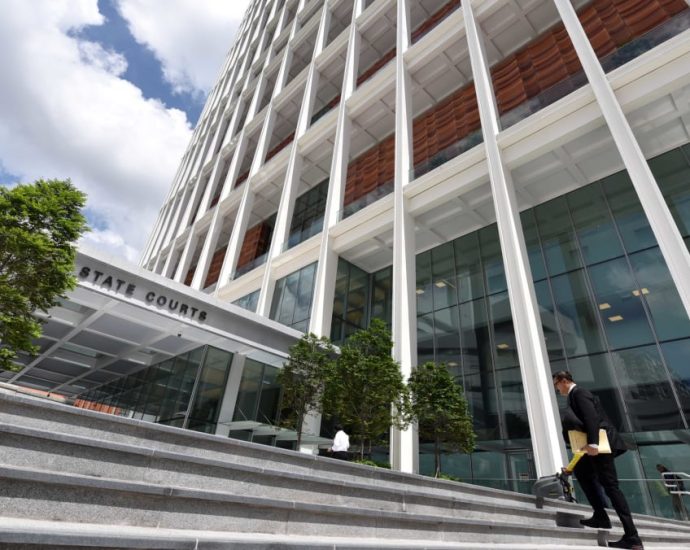Malaysia brings home 121 suspected victims of job scams trapped in Myanmar conflict
KUALA LUMPUR: A total of 121 people, mostly Malaysians suspected of being victims of job scams, were evacuated from Myanmar on Friday (Dec 1) after being stranded by fighting between the military and rebel groups in the country’s north, Malaysia’s foreign ministry said. The group, which included an Indonesian national,Continue Reading

